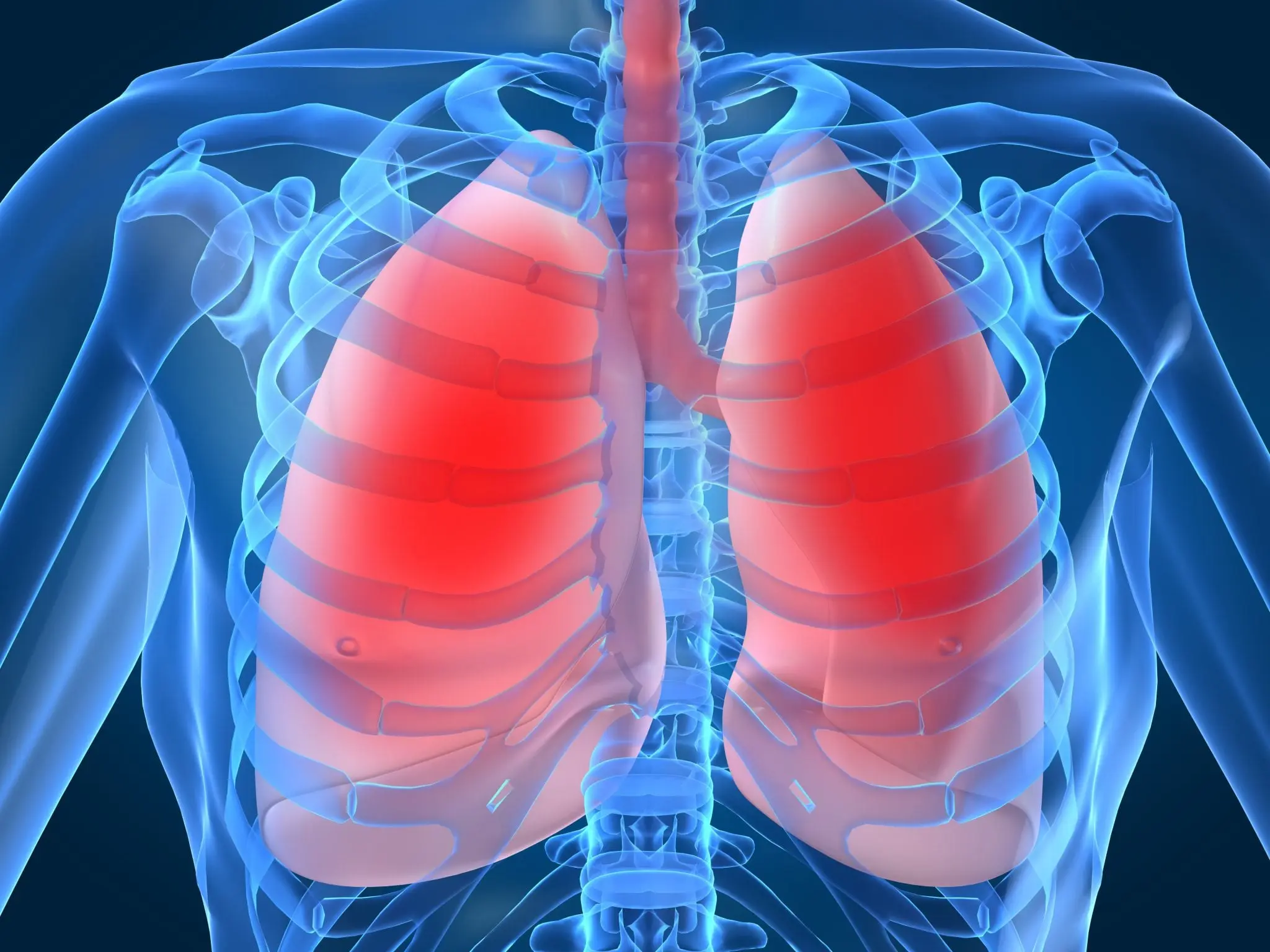Pulmonary oedema is a condition where fluid builds up in the lungs, usually due to heart failure. This leads to difficulty in breathing and is considered a medical emergency.
If you are experiencing severe breathlessness, rapid breathing, or coughing up frothy or blood-stained sputum, you can get personalised advice from licensed doctors through Hope Plus. This premium service helps you receive timely care and avoid complications.
Causes of Pulmonary Oedema
Cardiogenic causes
- Heart failure
- Severe fluid overload (e.g. in renal failure or after excessive IV fluids)
Non-cardiogenic causes
- Severe pneumonia
- Acute respiratory distress syndrome
- Inhalation of toxic gases
- Altitude sickness
Symptoms and Signs
- Severe shortness of breath (dyspnoea)
- Rapid breathing and breathlessness
- Fast heartbeat (tachycardia)
- Wheezing
- Cough producing frothy or blood-stained sputum
Differential Diagnosis
Doctors may need to rule out conditions that look similar, including:
- Pneumonia
- Pleural effusion
- Foreign body aspiration
- Trauma (such as pneumothorax or pulmonary contusion)
Investigations
To confirm pulmonary oedema, the following tests are commonly done:
- Chest X-ray
- ECG
- Renal function and electrolytes
- Echocardiography
Treatment of Pulmonary Oedema
Immediate management
- Patient is positioned upright (sitting) to ease breathing
- High-concentration oxygen therapy is started at 5 L/min, with a goal of SpO₂ above 95%
Medications
- Furosemide 40–80 mg IM or slow IV, repeated as needed every 2 hours depending on response
- Children: 0.5–1.5 mg/kg every 8–12 hours (max 6 mg/kg per day)
- Glyceryl trinitrate 500 micrograms sublingually every 4–6 hours
- Morphine 5–15 mg IM or 2–4 mg slow IV for symptom relief
- Children: 0.1 mg/kg slow IV single dose, repeated every 4–6 hours if needed
- Digoxin loading dose 250 micrograms IV, given 3–4 times in the first 24 hours, followed by a maintenance dose of 125–250 micrograms daily
- Children: 10 micrograms/kg loading dose, then 15 micrograms/kg per day for maintenance
Important caution
- Digoxin loading dose should not be given if the patient has received digoxin within the past 14 days. In that case, only the maintenance dose is given.
Prevention
- Early diagnosis and treatment of heart conditions
- Adhering to prescribed treatment for chronic cardiac conditions
- Avoiding fluid overload
Frequently Asked Questions (FAQ
What causes pulmonary oedema?
It can be caused by heart failure (cardiogenic) or by other conditions such as severe pneumonia, lung injury, toxins, or high altitude (non-cardiogenic).
Is pulmonary oedema life-threatening?
Yes. It is a medical emergency that requires urgent treatment to prevent respiratory failure or death.
Can children develop pulmonary oedema?
Yes. Children can develop it from heart disease, infections, or fluid overload. Treatment doses are carefully adjusted based on weight.
Can pulmonary oedema be prevented?
Yes. Managing heart conditions, avoiding fluid overload, and following medical advice can lower the risk.
How can Hope Plus help?
With Hope Plus, licensed doctors provide personalised medical advice. This helps patients get timely care and prevent complications from conditions like pulmonary oedema.


